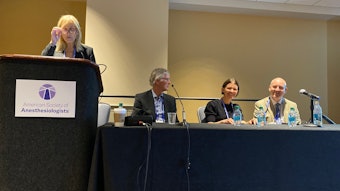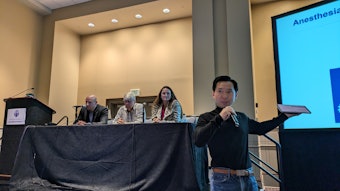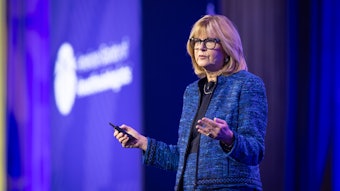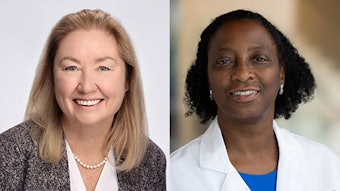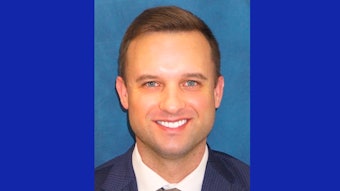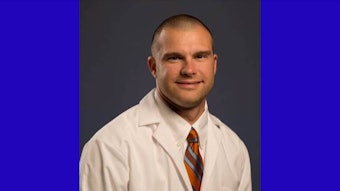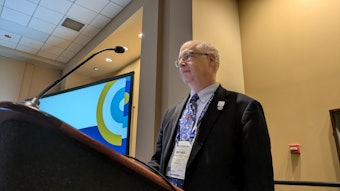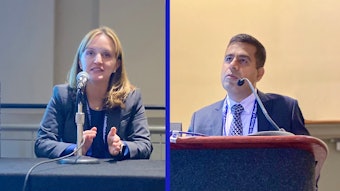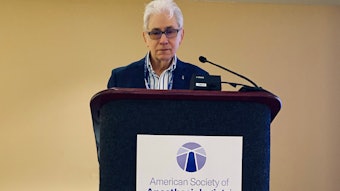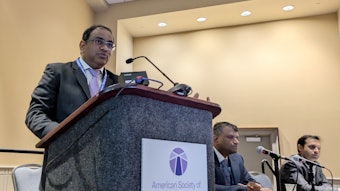Communication is key
These practical tools and techniques will improve communication skills and patient satisfaction.

Effective communication is the cornerstone of the physician-patient relationship. For anesthesiologists, who often have limited time to build rapport with their patients, every interaction becomes a crucial opportunity to establish trust, convey empathy, and ensure clarity.
"We often meet our patients on the day of their surgery or procedure and have to immediately develop rapport, explain our role, and build trust in a very short period of time," said D. Matt Hatch, MD, MBA, FASA, a private practice anesthesiologist at Piedmont Triad Anesthesia in Winston-Salem, North Carolina, and Chair of the ASA Committee on Communications.
Dr. Hatch joined a panel of physician colleagues during 2024's interactive session, “Enhancing Patient Communications Program: Establishing the Physician-Patient Relationship.” Designed to help anesthesiologists refine their communication skills, this session will offer comprehensive guidance on key aspects of patient interaction, from introductions and role establishment to nonverbal communication and empathy expression.
Asha Padmanabhan, MD, FASA, echoed Dr. Hatch’s sentiments. Dr. Padmanabhan is a locum anesthesiologist and President of the Florida Society of Anesthesiologists.
“Often, we only have three to five minutes while doing the preoperative evaluation to get to know the patient, evaluate their medical history, and discuss the anesthetic plan while simultaneously allaying their fears and answering their questions," Dr. Padmanabhan said.
This brief interaction can determine the patient's comfort and trust level, making it imperative for anesthesiologists to excel in communication, she added.
One of the session's learning objectives was to teach anesthesiologists how to introduce themselves and their team effectively, clearly establishing the anesthesiologist's role as the leader of the Anesthesia Care Team.
"I usually say, 'Good morning, I am Dr. Hatch, the physician in charge of your anesthesia care today, just like your surgeon is in charge of your surgery.' I introduce myself first and then every anesthesia team member, clarifying their roles," Dr. Hatch said. This method helps patients understand the importance of the anesthesiologist's role without diminishing the contributions of other team members, he added.
Richmond, Virginia, anesthesiologist Brooke E. Trainer, MD, FASA, described a similar strategy: "Good morning, Mr. Smith. My name is Dr. Trainer, and I am your anesthesiologist today. I will be leading your Anesthesia Care Team to ensure you are safe and comfortable throughout your surgery."
Eliminating jargon is another critical aspect of effective communication. Dr. Hatch advises against using terms like “intubate,” “induce anesthesia,” or “PACU,” which can confuse patients. Instead, he suggests using simple, clear language, such as “place a breathing tube,” “start giving you anesthesia,” and “recovery room.” Dr. Padmanabhan supports this approach, emphasizing the need to explain medical concepts at an elementary literacy level.
Della M. Lin, MD, FASA, a private-practice anesthesiologist in Honolulu, Hawaii, highlights the importance of the "teach-back" method. She suggests asking patients to repeat the information in their own words to ensure understanding, which helps identify and address any gaps in comprehension.
Body language and nonverbal cues play a significant role in conveying attentiveness and empathy. Dr. Padmanabhan recommends sitting at the patient's eye level, squeezing their hand if they appear nervous, and leaning forward while they speak. These actions demonstrate that the anesthesiologist is fully present and engaged, she said.
Dr. Hatch also emphasizes the importance of using reflective listening to validate patients' emotions and concerns. For example, he might say, "You mentioned several times how you have been sick with anesthesia in the past. This appears to be something you would like us to address today."
The session included various simulations and interactive exercises to help participants practice and enhance their communication skills. Participants engaged in role-playing scenarios where they introduced themselves and their team, explained procedures in layman's terms, and addressed common patient concerns.
Dr. Hatch said this session was a great opportunity to apply these techniques in a simulated setting, receive feedback, and learn from peers.
"We all have communication skills that can be passed on to others," he said. "Hearing how other people deal with different settings will be a great way to learn and practice."
